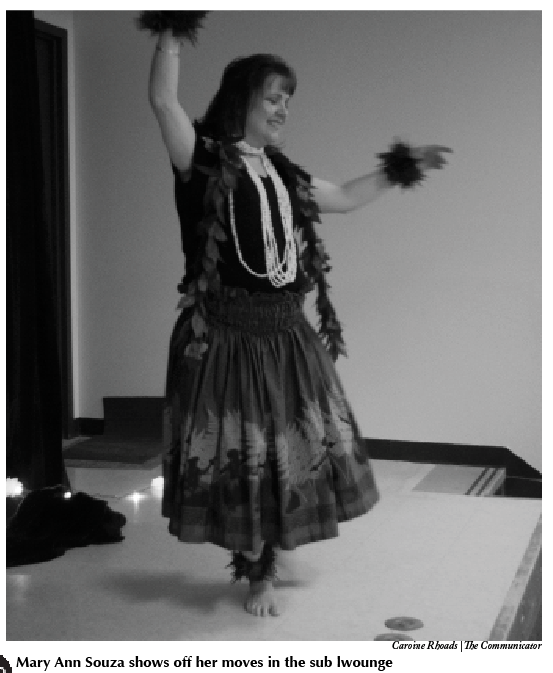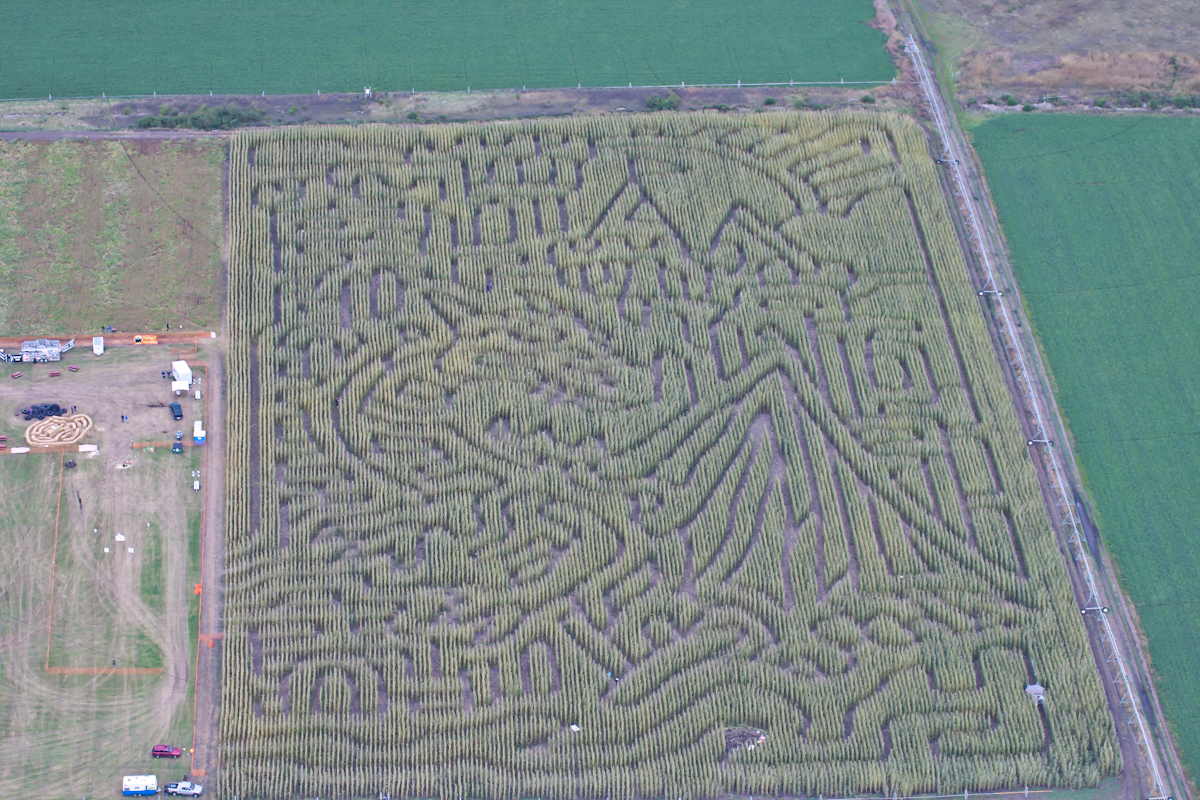Caroline Rhoads
The Communicator
“Keep your eyes on her hands,” that’s the name of the last song that Mary Ann Souza, a hula dancer from hawaii, danced to on Wednesday, May 14, during a celebration of Hawaiian culture put on by the Far East Coast Club and the Service Learning Club (SLC).
Although they may not be the first thing that catches the eye as she’s glides across the stage, it’s the eyes (and feet) that tell the story.
For the ancient Hawaiians, “history wasn’t written,” Souza said, “so it was expressed through dance.” The first dance she did told the story of Queen Kapi’olani’s visit to the island, and the islanders she saw working the land. Souza slows down the swoop and turn of her hand to show how it is meant to portray the picking of a flower.
“It is symbolic of things they observed on the island,” Souza said, as she demonstrated to the audience a special bounce of the foot which was meant to portray water as it drops into a puddle and splashes back into the air.
The event also showcased what the SLC did on their trip to Hawaii over spring break. According to the advisor for SLC, Darlene Rickett, students attended a service conference which offered a variety of different topics for participants to choose from and a service project to help the local community.
“My favorite part was playing with the kids,” Keisha Brokaw, an SFCC student who went on the trip, said. Part of their service project was to help tutor at the learning center and build a traditional hawaiian house to preserve local culture.
According to Dawa Jigmed, another student who attended the trip, he also enjoyed helping the children and added that they were very poor. Many of them had no house, and some just slept under a roof with no walls. “I Learned a lot about the cultural values and history,” Jigmed said.
“It’s more than just a beautiful place to go,” Rickett said, “there’s the history, the issues.” Hidden behind the attraction and the beauty are deeper issues of poverty and discrimination, especially against the micronesian immigrants.
According to the Japanese American Citizen’s league, the discrimination can be seen as far back as World War II when the United States used the Marshall Islands to test nuclear weapons and set off “the equivalent of 7,000 Hiroshima sized bombs in the Marshall islands.” The islands were covered in radioactive ash and the people living there developed severe health problems.
In 1983, the U.S. entered into the Compact of Free Association with the marshall islands, promising them the right to rule themselves; although the US retains “exclusive military control,” according to Hawai’i Medical Journal, and economic aid, as well as citizenship rights to immigrants.


